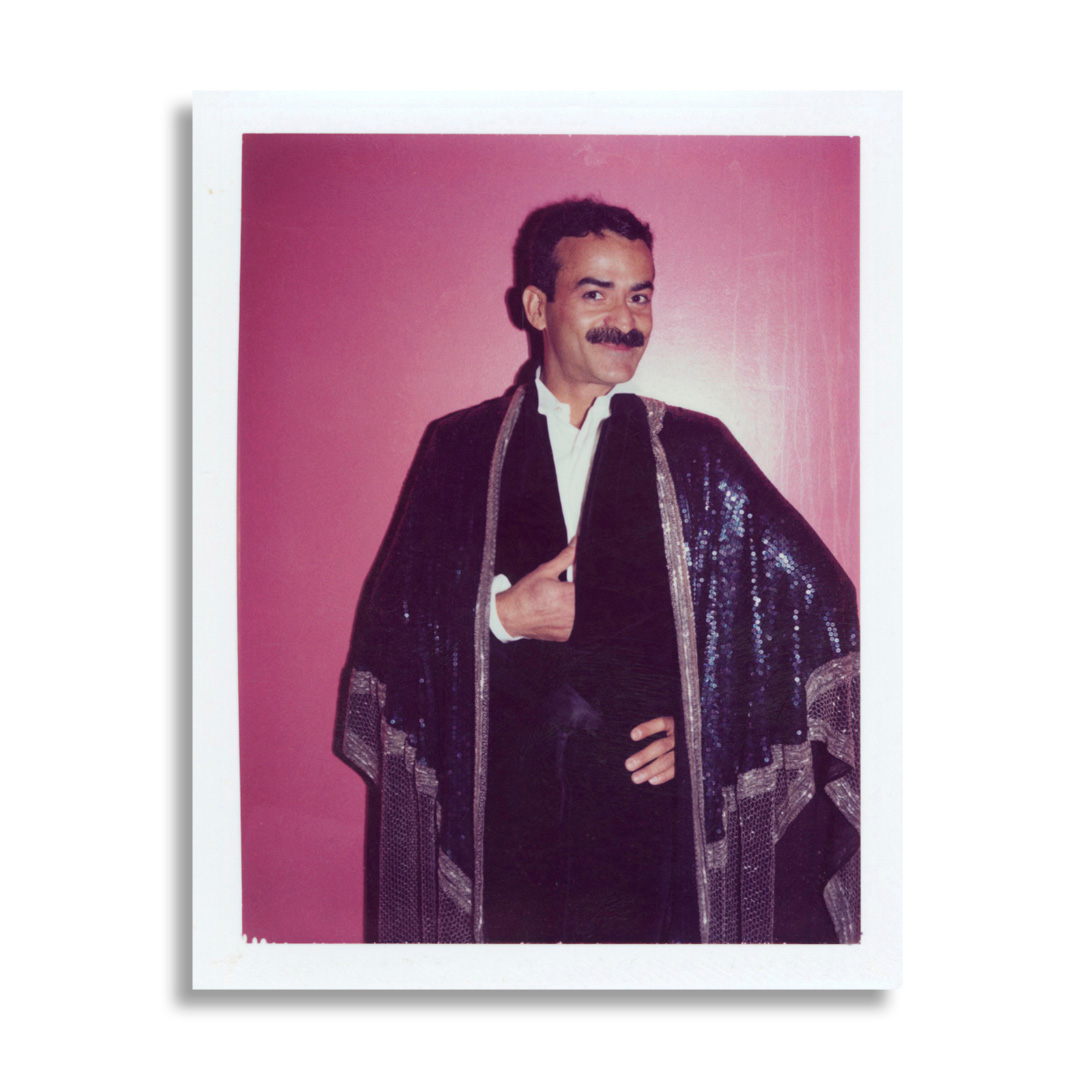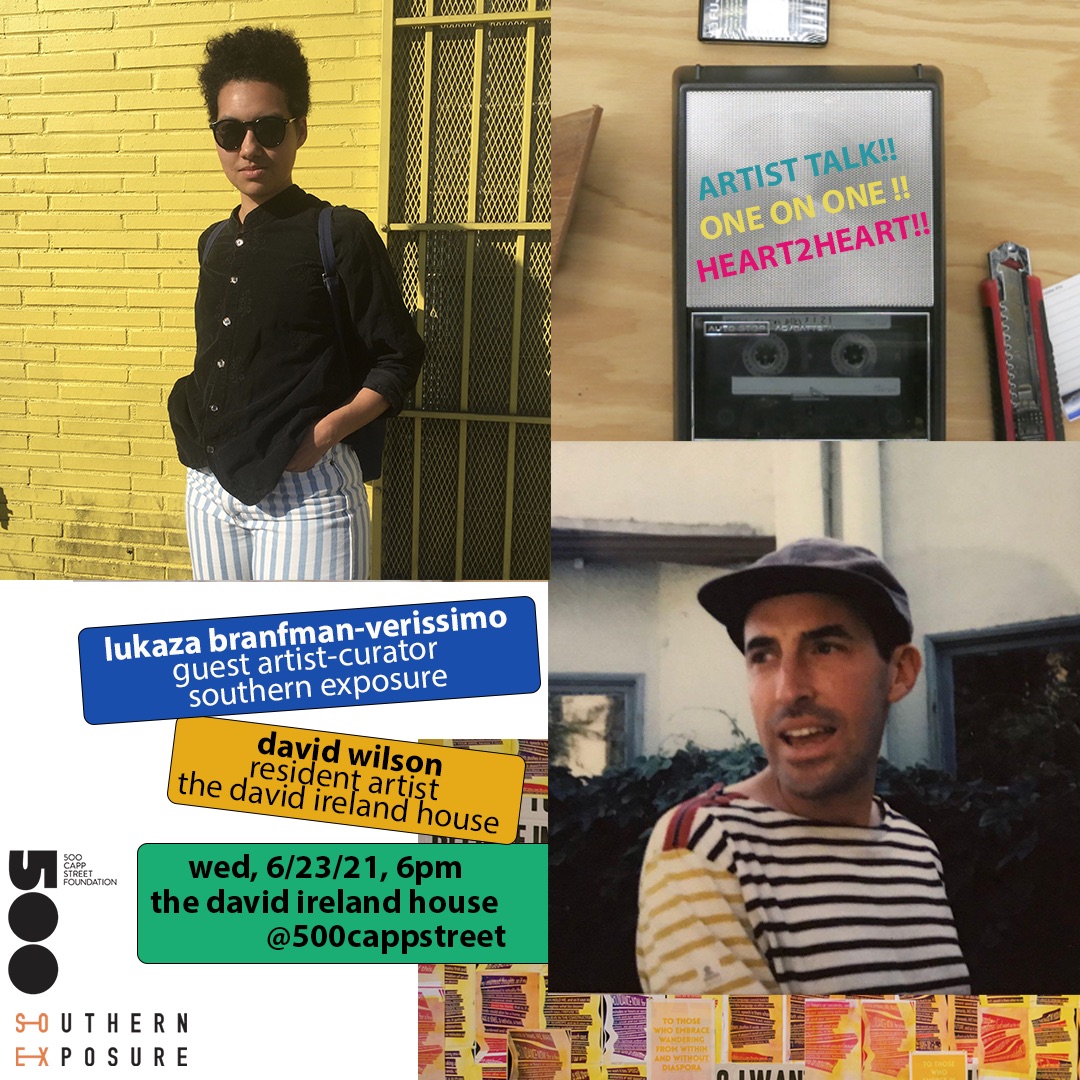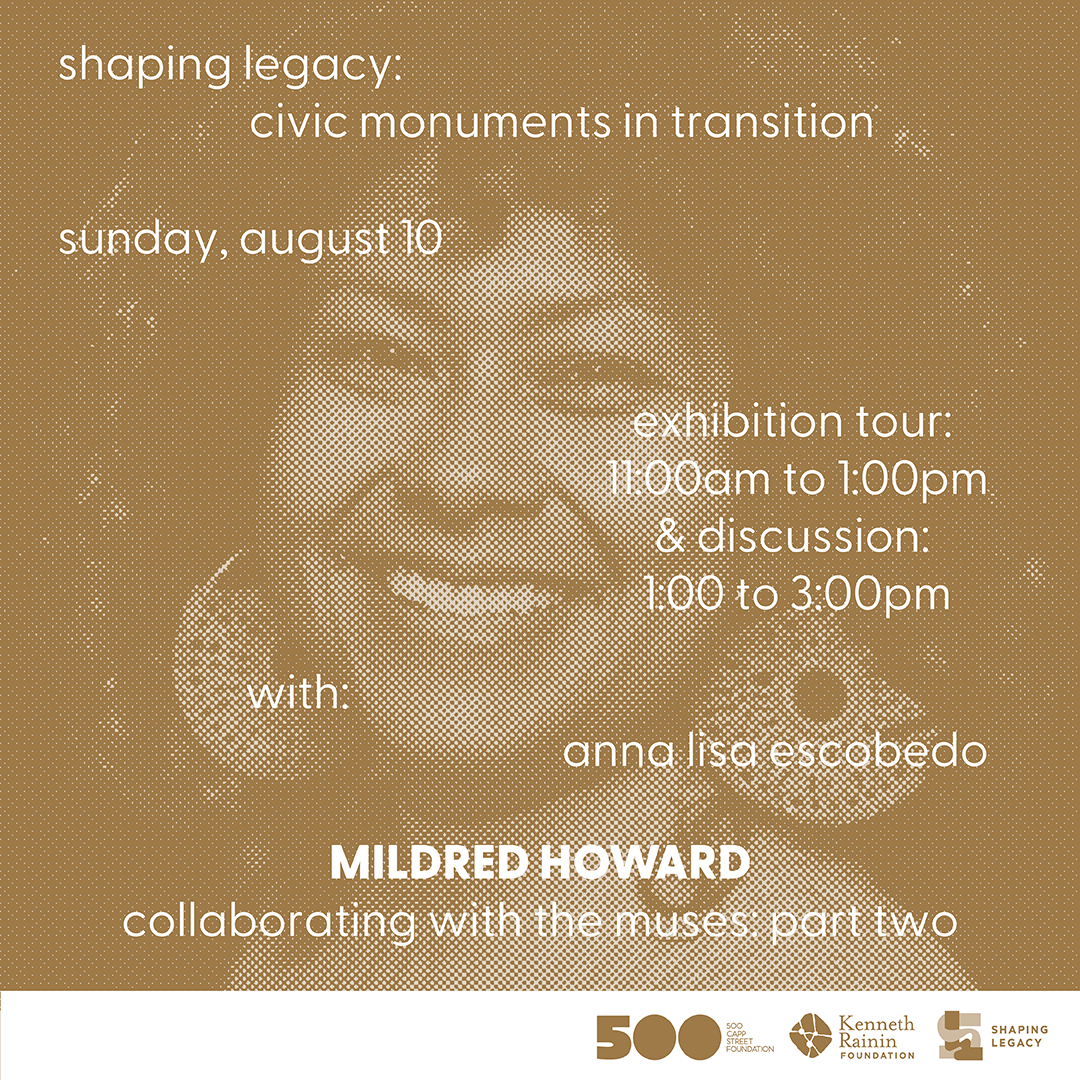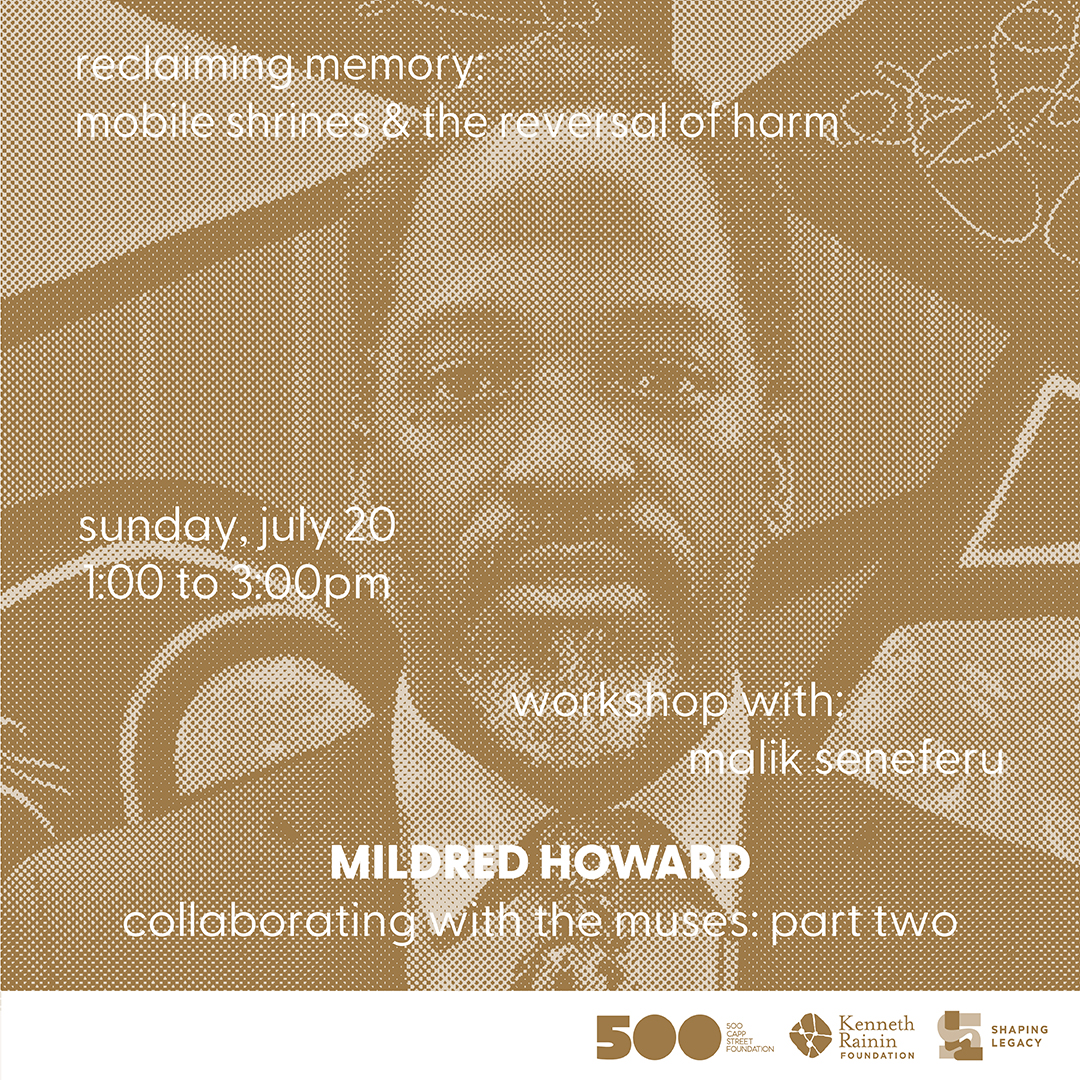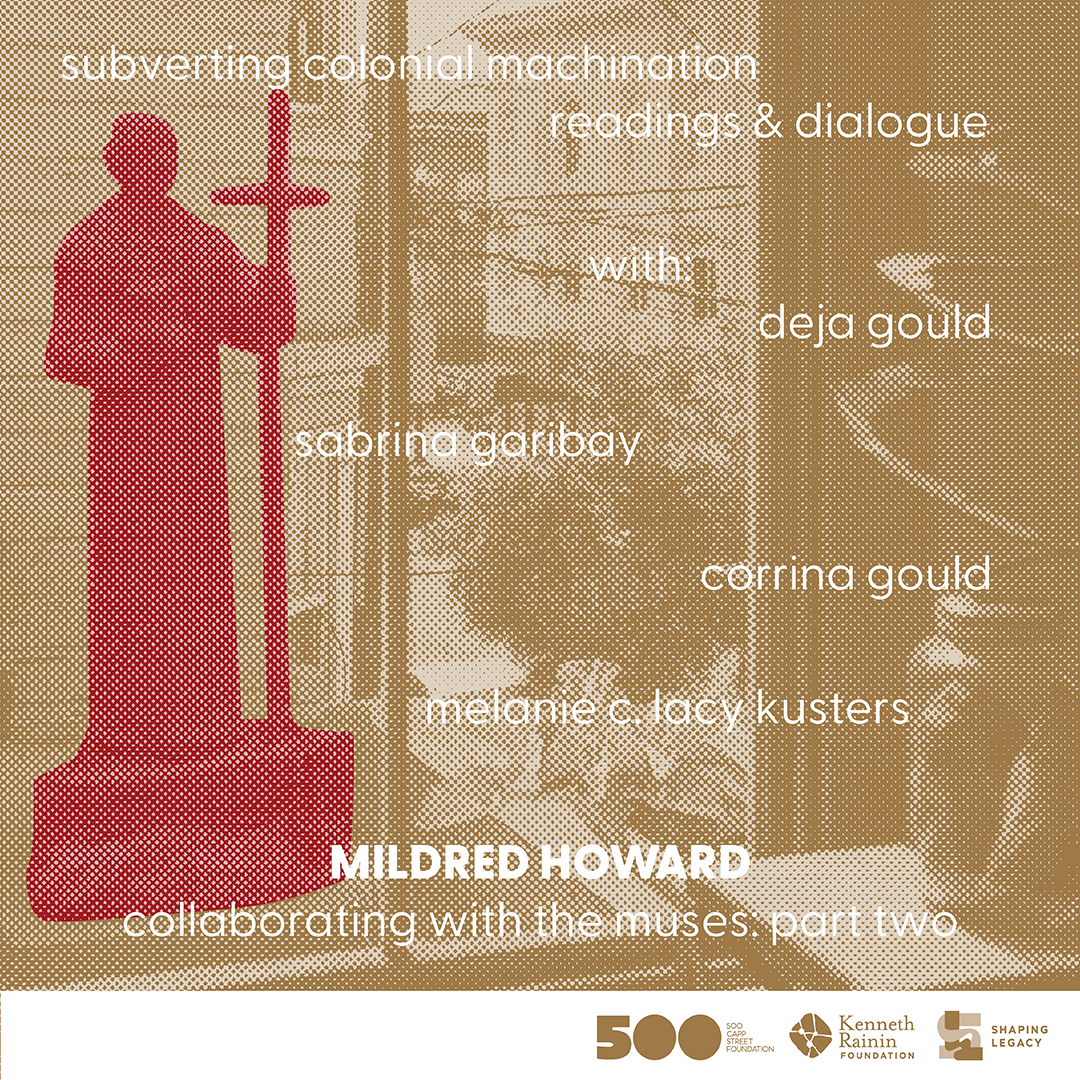Join us for Subverting Colonial Machinations, a reading and conversation organized by Jonathan Cordero (Ramaytush Ohlone) and Tricia Rainwater (Choctaw), in dialogue with Native leaders and cultural workers Corrina Gould, Sabrina Garibay, Deja Gould, and Melanie C. Lacy Kusters. This gathering is presented as part of Collaborating With the Muses: Part Two, a powerful new installation by Mildred Howard at 500 Capp Street.
Held in the presence of Howard’s reimagined Junípero Serra monument, draped in red textile as both shroud and signal, the evening invites reflection on the legacy of colonial violence and the symbolic dismantling of empire through literature, history, and art. Together, participants will explore how public monuments, collective memory, and Indigenous resurgence intersect—using creative practice to confront the ongoing violence of settler colonialism.
This is a space for truth-telling, reckoning, and imagining life beyond the remnants of conquest.
Saturday, July 12
5:30 – 7:30 pm
Free
Tickets Here
Biography of participants:
Dr. Jonathan Cordero (Ramaytush/Chumash) is Chairperson of the Ramaytush Tribe and Executive Director of the Association of Ramaytush Ohlone. He received a bachelor’s degree from the University of California at Berkeley and a doctorate from the University of California, Santa Barbara. Dr. Cordero is co-lead editor of the forthcoming Critical Mission Studies Handbook, which revises previous scholarship on Spanish and Mexican colonialism. Dr. Cordero is a leader, speaker, artist, and activist in the broader Ohlone and Chumash communities.
Tricia Rainwater is a mixed Choctaw Indigiqueer multimedia artist based on Ramaytush Ohlone land. Her interdisciplinary practice weaves visual art, community engagement, and decolonial activism, centering Indigenous resurgence and queer futurities.
Corrina Gould is the Tribal chair for the Confederated Villages of Lisjan. Born and raised in her ancestral homeland, the territory of Huchiun, she is the mother of three and grandmother of five. Corrina has worked on preserving and protecting the sacred burial sites of her ancestors throughout the Bay Area for decades. Corrina is also one of the co-founders of Sogorea Te Land Trust, the first urban Indigenous women’s land trust in the country.
Sabrina Garibay is a Tribal member of the Confederated Villages of Lisjan Nation. She is a mother and grandmother as well as a culture bearer for her Tribe. Sabrina is an educator that has participated in providing presentations on her Tribes traditional ecological knowledge through cordage demonstrations at schools, cultural events and through media. For many years Sabrina witnessed the desecration of ancestral Sacred Sites and the reburial of her ancestors as a Tribal monitor. She is the oldest granddaughter of one of Lisjan Nations matriarchs, Ruth Orta.
Born and raised in her traditional territory in the East Bay, in the village of Huchiun. Deja Gould is the Chochenyo language carrier for her Tribe the Confederated Villages of Lisjan Nation, creating relationships with other indigenous language keepers across the country as well as internationally. She is active in all parts of the Tribe and also serves at the Tribal Historic Preservation Officer (THPO), consulting on Sacred Sites in the Tribal territory. Along with her Tribal duties, she also works for the Sogorea Te Land Trust as the land manager as well as administratively. She has also been a lead organizer for the Run4Salmon ceremony in her traditional territory for the past 5 years. As a mother she enjoys bringing her children to the land to connect with soil and life around them, seed, save, and learn about traditional plant use. She was instrumental in bringing Tribal members together to create their first Tule boat that was launched on their waters for the first time in over 100 years.
Melanie Lacy Kusters is a Bay Miwok Ohlone artist and long-time resident of Yelamu (San Francisco). She received her Bachelor’s of Fine Arts from the San Francisco Art Institute in 2005 and her Master’s of Fine Arts from the California College of the Arts in 2007. The artist’s work centers on memory, heredity, and how women have historically expressed themselves artistically. The artist’s current body of work examines Ohlone artifacts housed at museum institutions, and recreates those objects with a fine art lens.


